1. Mostly Scandinavian, Not Global
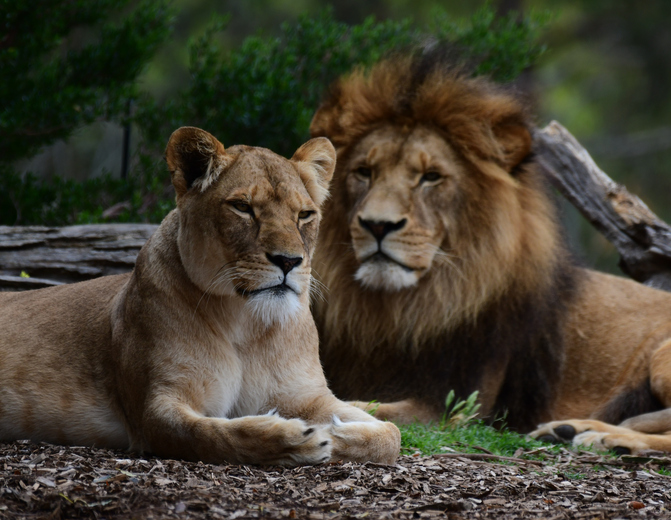
Sometimes conversations about animals lead us into surprising corners of culture and science. One of the most unusual practices is the idea of donating a pet to feed zoo predators. This may sound shocking at first, but it is real in certain parts of Scandinavia, particularly Denmark, Sweden, and Norway. Zoos in these countries accept owner-donated animals for regulated carcass feeding, but it is tightly controlled and scheduled in advance. It is not an option in the United States or the United Kingdom, where zoos follow different protocols for predator feeding and animal end-of-life care.
2. Species Are Limited
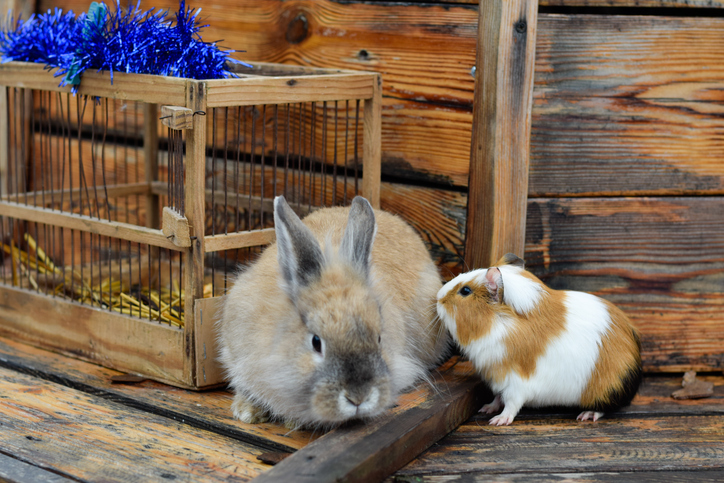
Not every animal is accepted in this type of program, and certainly not cats or dogs. Zoos that take part in carcass feeding typically accept smaller prey animals such as rabbits, guinea pigs, or in some cases horses, but only under strict conditions. The reason for this is tied to health risks, cultural standards, and ethical considerations. Household pets that people often view as family members are excluded to avoid public backlash and biosecurity concerns. Zoos want to ensure predators benefit from the practice without compromising safety or crossing emotional boundaries.
3. Whole Carcass Welfare Benefits

Predators require more than protein to thrive. Feeding them whole carcasses gives access to fur, hide, organs, and bones that support dental health, digestion, and natural behavior. When lions or tigers are given carcasses, keepers often notice calmer social dynamics and more active engagement. This practice is not about spectacle, but about enrichment and well-being. Carcass feeding complements carefully planned nutrition prepared by zoo dietitians. It allows predators to gnaw, tear, and rip as they would in the wild, which provides both physical and psychological stimulation that processed meat alone cannot replicate.
4. The Veterinary Process
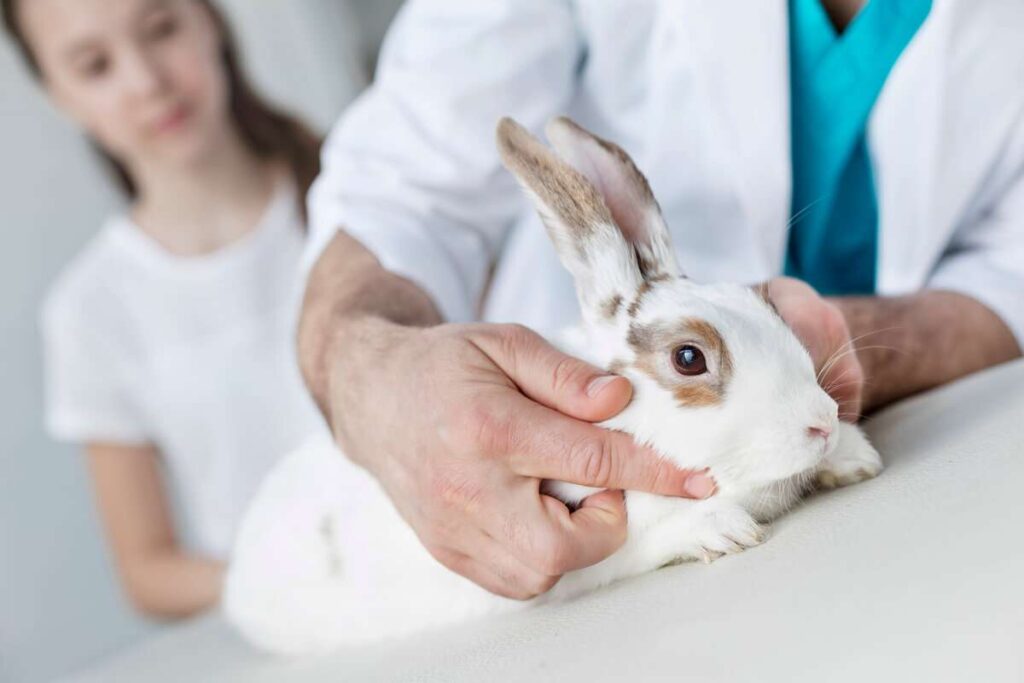
Donating an animal to a zoo for predator feeding is not as simple as showing up at the gate. A detailed process exists, beginning with full medical history, recent medication records, and veterinary review. Zoos only accept donations that meet strict health and safety standards. Veterinarians then schedule and supervise a humane euthanasia before the carcass is prepared for predator use. If any detail raises concern, such as unknown medication or possible infection, the donation is declined immediately. This ensures the safety of both the predators and the staff working with them.
5. Horses Have Special Rules
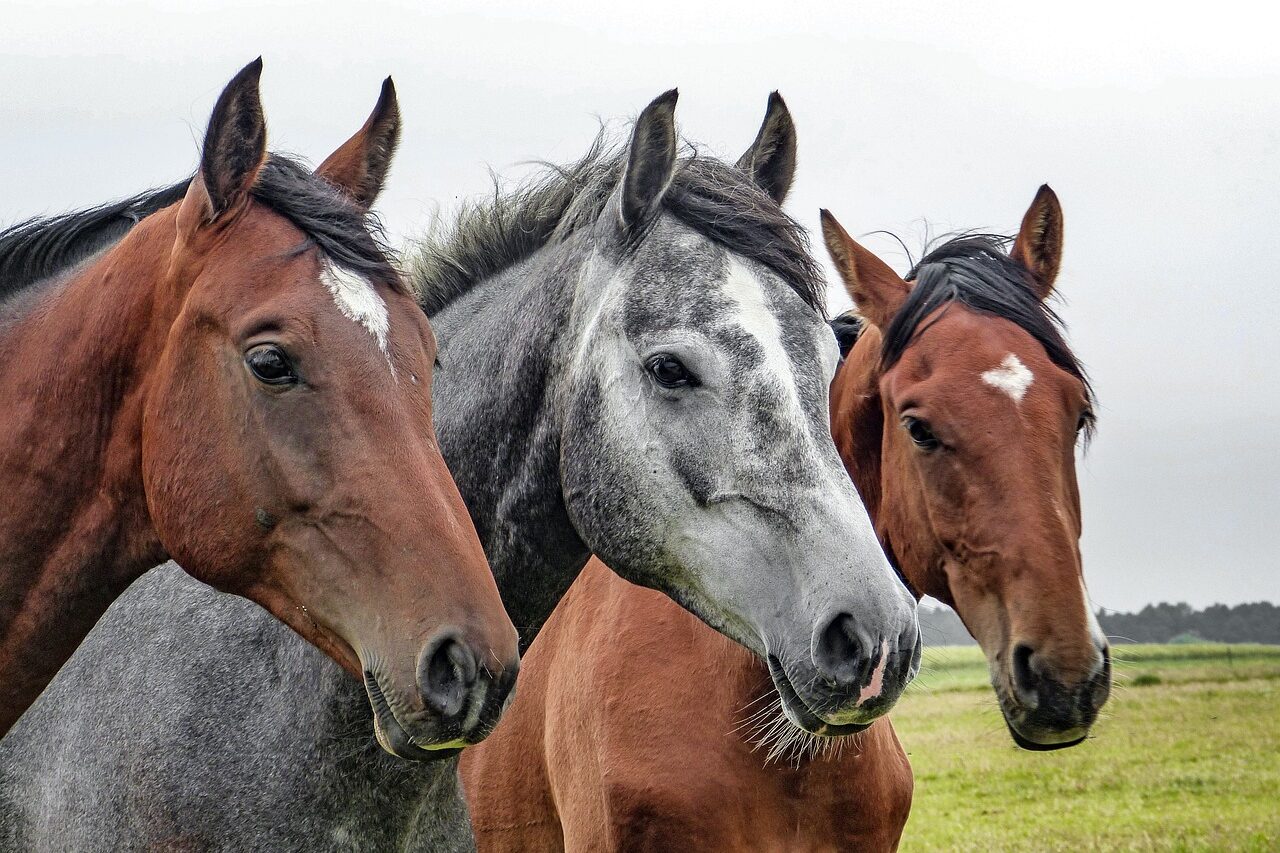
Horses are sometimes accepted into donation programs, but they come with even stricter regulations. Proof of ownership, medical documentation, and verification of no harmful medications are required. Transportation also has to be carefully managed, since horses are large and handling must be done safely. In certain situations, owners are allowed to attend a calm euthanasia, but policies vary by zoo. Staff always prioritize safety and the welfare of the animal in its final moments. These strict measures exist to make sure that the process remains ethical, respectful, and free of unnecessary distress.
6. Not A Shortcut for Pets
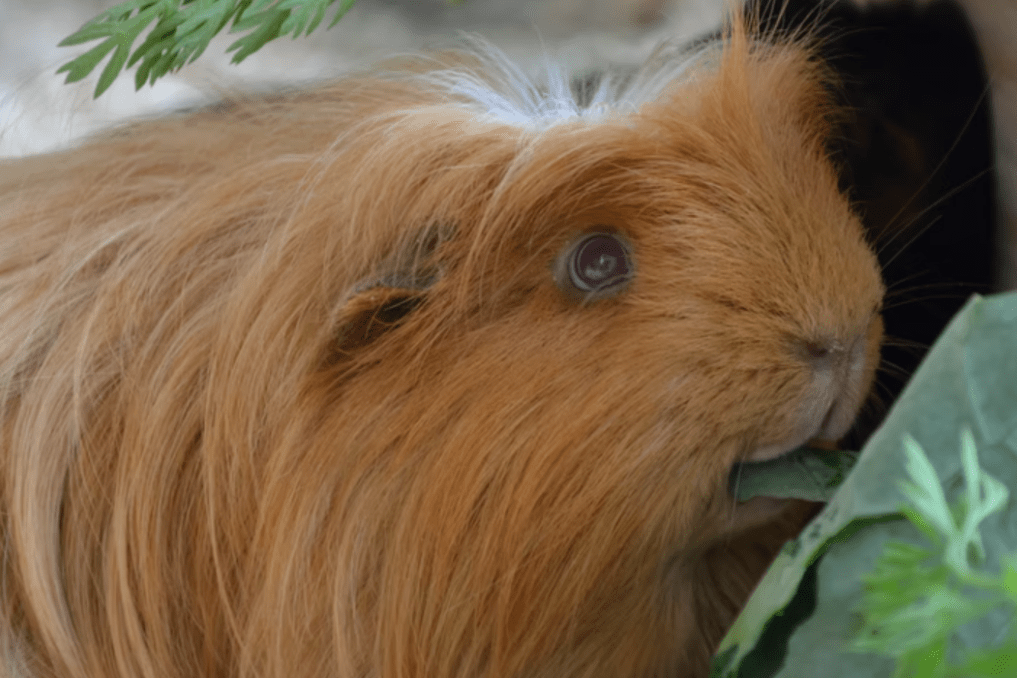
These programs are not a way to dispose of healthy or unwanted pets. Zoos only accept animals that were already set to be euthanized because of age, illness, or welfare reasons. Healthy pets with alternatives for rehoming are not taken. The goal is to provide dignity in the animal’s final act, not convenience for owners. Families are encouraged to look into adoption networks, rescues, or other humane options first. Donation becomes relevant only when euthanasia is already the kindest and most responsible end-of-life decision for the animal in question.
7. Records And Biosecurity Matter
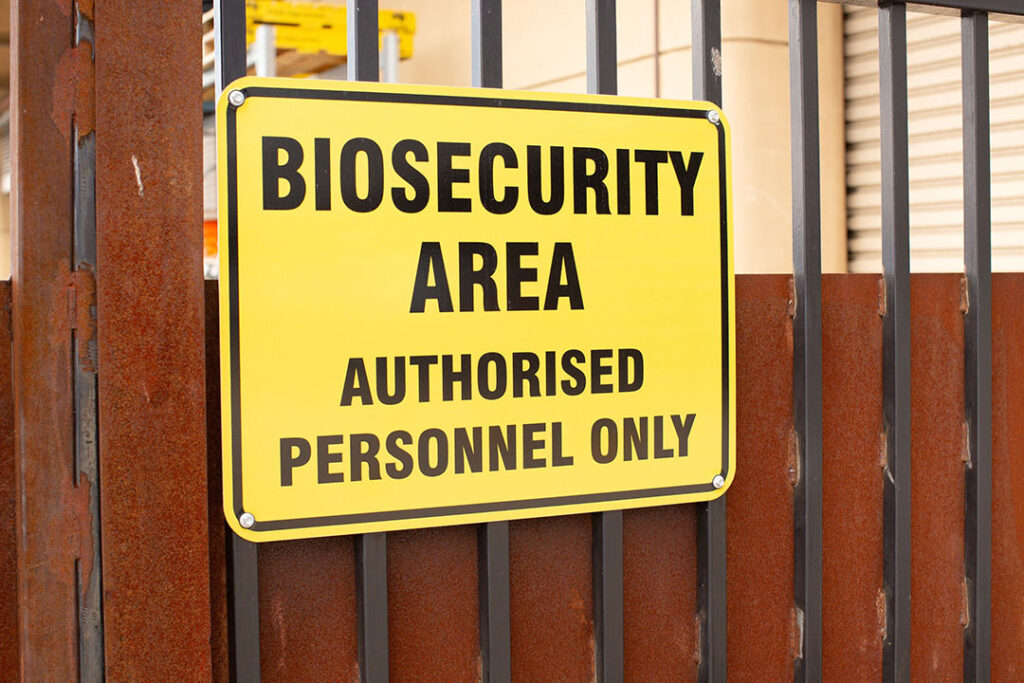
Carcasses can carry diseases, pathogens, or traces of medication that are harmful to predators. For this reason, biosecurity protocols are extremely strict. Zoos follow hygiene and temperature rules, and carcasses are stored and handled under regulated conditions. Detailed records are kept for every intake, including medical background, euthanasia method, and carcass usage. Compliance is regularly reviewed to ensure nothing is overlooked. By maintaining strict standards, zoos protect both the animals and their own reputations. Mistakes are not tolerated, since even one error could harm a predator or undermine public trust completely.
8. Where To Begin If Curious

If someone is in a region where donation is possible, the first step is always through their veterinarian. Vets review medical history, check for medication conflicts, and advise on ethical options. From there, contact with the zoo’s veterinary team is required. Families must prepare honest documentation and transport arrangements and also accept the possibility of refusal. This process is not about ease but about safety, dignity, and welfare. In many ways, it highlights how animals remain part of larger cycles, reminding us of the delicate ways nature connects us all.
This story Did You Know You Can Donate a Pet to Feed Zoo Predators? 8 Things to Know was first published on Daily FETCH


